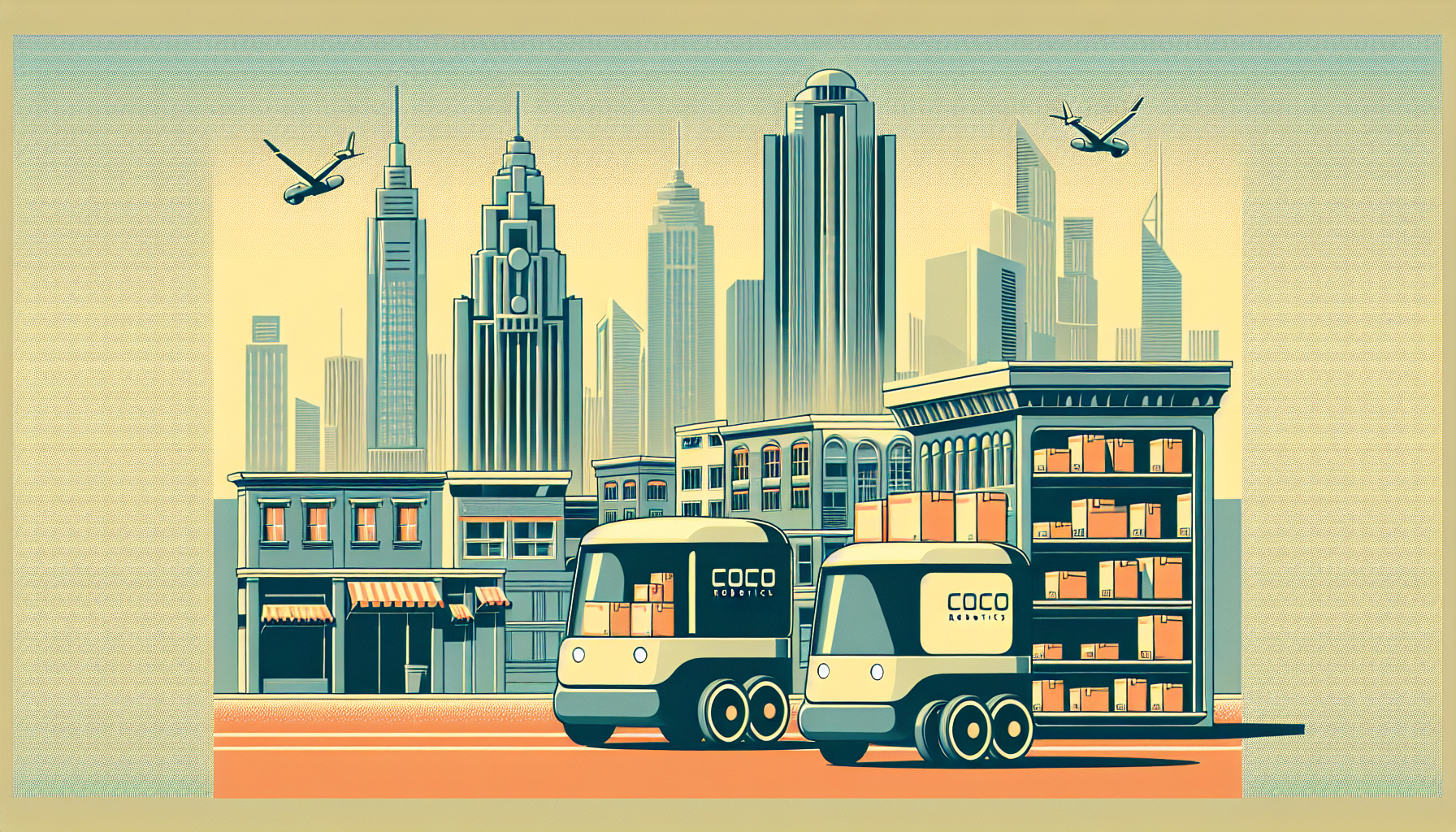Coco Robotics stands at the frontier of urban transformation, having built the world’s largest autonomous delivery fleet powered by advanced artificial intelligence. Founded in 2020, this company is committed to changing how goods move through cities—quietly, cleanly, and efficiently.
Transforming Urban Delivery
With an ambition to reach over 10,000 delivery robots by 2026, Coco Robotics leads the way in autonomous delivery services. Their sidewalk robots have already completed more than 500,000 zero-emission deliveries in diverse environments—from the busy streets of Los Angeles, Chicago, and Miami to the pedestrian-friendly avenues of Helsinki.
Coco’s robots are purpose-built for small orders and short distances, which are common in urban centers. By focusing on the “last mile”—the final step in getting goods from businesses to customers—these machines make deliveries faster, cheaper, and with less environmental impact than traditional methods.
Powering Progress with AI
The heart of Coco Robotics’ success is its AI navigation system. Each robot learns from real-world experience, collecting data as it moves through dynamic city landscapes. This ever-growing dataset—the largest of its kind—captures how robots interact with crowded sidewalks, unpredictable weather, and the daily rhythm of urban life. The result is smarter, safer, and more reliable navigation, constantly refined by actual city conditions.
To accelerate these advances, Coco recently welcomed renowned AI expert Bolei Zhou as Chief AI Scientist. Zhou’s deep expertise in robotics and machine learning is helping bridge the latest academic research with the everyday realities faced by Coco’s robot fleet, setting new benchmarks for autonomous delivery worldwide.
Fueling Ambition
In June 2025, Coco Robotics secured $80 million in fresh investments. Support came from returning backers such as Sam and Max Altman and Pelion, as well as new investors like Ryan Graves—a name well-known from his leadership roles at Uber and Saltwater.
This funding is being used to build the next generation of robots, advance AI technology, and form new global partnerships with enterprise clients. The company’s partnerships already include industry leaders like DoorDash and Uber Eats. With pilots involving more than 600 merchants, Coco’s delivery robots are proving their worth in the real world, including over 100,000 deliveries expected in the early phases of these collaborations.
Expanding Reach and Capabilities
Beyond the U.S., Coco Robotics is moving into Europe, starting with Helsinki. This expansion is mindful of local requirements related to privacy and public safety. The company plans to bring its service to more European cities—including in Germany, the UK, and Benelux nations—and to more U.S. cities such as Dallas and Houston.
Coco continues to innovate, developing robots capable of carrying both hot and cold items, and making multiple deliveries per journey. What began as a service for restaurant food is evolving into a broader solution for groceries, pharmacies, and small parcels. These improvements bring new value to merchants and residents alike.
Shaping the Future of Work and Mobility
The arrival of large-scale autonomous delivery does raise questions about future employment. While Coco’s robots offer a more sustainable and affordable alternative to traditional delivery jobs, there are concerns about reduced opportunities for human workers. CEO Zach Rash addresses this by emphasizing the economic sustainability of their model and the broader benefits it brings—like reduced emissions, less congestion, and greater efficiency in cities.
A New Era for Urban Life
Coco Robotics’ journey is guided by innovation, respect for cities, and the promise of technology used for the greater good. With its unrivaled fleet, strategic partnerships, and groundbreaking AI leadership, Coco is pioneering a cleaner, smarter approach to moving goods in urban environments across continents.
| Aspect | Details |
|---|---|
| Fleet size | Targeting 10,000 delivery robots by 2026 |
| Deliveries completed | 500,000+ zero-emission deliveries in major U.S. and European cities |
| Funding | $80 million raised to scale and advance AI |
| AI leadership | Bolei Zhou as Chief AI Scientist |
| Geographic reach | U.S. (LA, Chicago, Miami, expansion to Dallas/Houston), Europe (Helsinki with future plans) |
| Partnerships | DoorDash, Uber Eats, enterprise and restaurant chains |
| Robot capabilities | Small order delivery, multi-temperature, multiple deliveries per run |
| Impact | Cost-efficient, sustainable, less dependence on human labor, better city delivery systems |

Leave a Reply